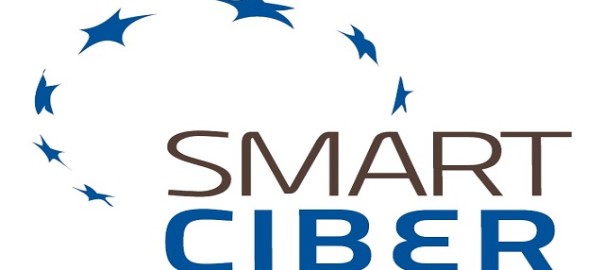System of Maps Assessing Risk of Terrorism against Critical Infrastructures in Big Events Rallies.
ITSTIME is partner of Smart Ciber, a project co-funded by the European Union program CIPS, has as its goal the prevention and reduction of terrorism risks and all other risks related to the safety sector. It aims to improve the terrorist risk assessment at the expense of critical infrastructures in metropolitan areas, paying special attention to mega-events. Starting from the experiences of four European countries (Italy, Nederland, Hungary and Bulgaria), the project aims to develop a model through a software which operates in a network for an “Integrated Risk-Map Against Terrorism Issue”. This system will reveal the level of “Risk” and its location in real time through the intersection of several pre-defined risk-indicators.
Partners
The project is carried out by the Municipality of Milan along with: Università Cattolica del Sacro Cuore, Municipality of Varna (Bulgary), Municipality of Budapest (Hungary), Safety Region of Rotterdam (the Netherlands), Regione Lombardia, A2A, AMSA, ATM, Trenord, Rete Ferroviaria Italiana, SEA, Metropolitana Milanese, UNICRI
Objectives
To create, promote and support the development of a model for the protection of critical infrastructure, with a particular emphasis on to the methodologies for risk assessment; To improve the information management about critical infrastructures; To integrate current risk maps belonging to subjects involved in the prevention of terrorist attacks; To establish specific indicators helpful to report on the map the risks of terrorist attacks against critical infrastructure providing a regular update of such a mapping; To use a private network that includes the whole partnership, so that everyone has a standard diagnostic framework and constantly updated list of potential risks.
Actions
Defining indicators: To identify empirical and objective indicators shared by all partners in order to measure terrorism risk.
Comparative analysis and experience sharing: To draw a comprehensive picture of system and methodologies in place in the EU regarding risk assessment in order to share best practices.
Model of integrated mapping of terrorism risks: To elaborate a mapping model based on terrorism risk indicators integrating critical areas for big events.
Organisational and technological aspects: To define the conditions to make the mapping model useable.
Tests in Milan, Rotterdam, Budapest, Varna: Validating the model in each city.
Final elaboration of methodological tool: Based on tests, to develop the operational guidelines for mapping risks and replicate the model in other contexts as well as use it as a tool for risk assessment at EU level.
Dissemination: To familiarize stakeholders with risk assessment mapping system in view of its wide application and further development.
Concept papers by Smart Ciber:
1 – Integrated risk map: the theoretical framework
2 – Integrated set of indicators lists
3 – The experience of Milan Critical Infrastructures
4 – “UNICRI and major events
5 – Analysis of EU and global system and methodologies for risk assessment
6 – The city governance and the ‘Evil Done’ model 1
7 – The city governance and the ‘Evil Done’ model 2
8 – The “risk assessment map” software

